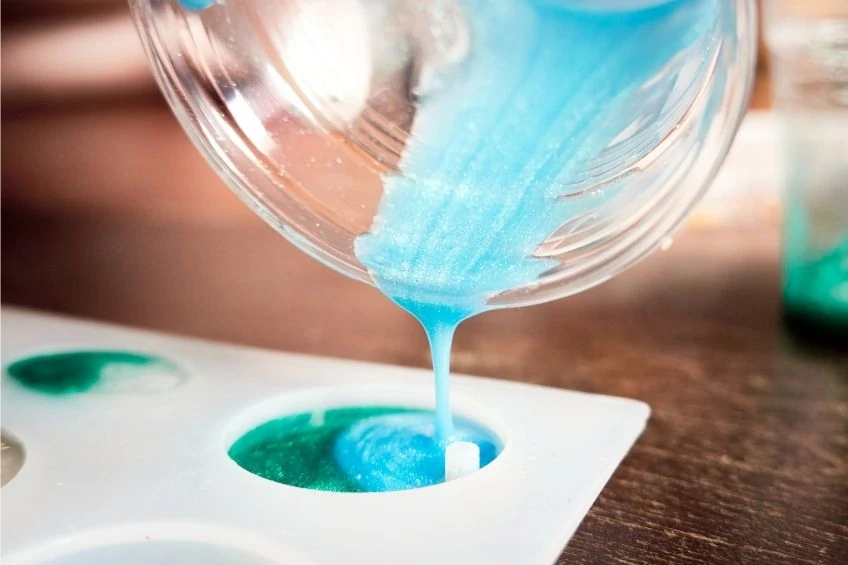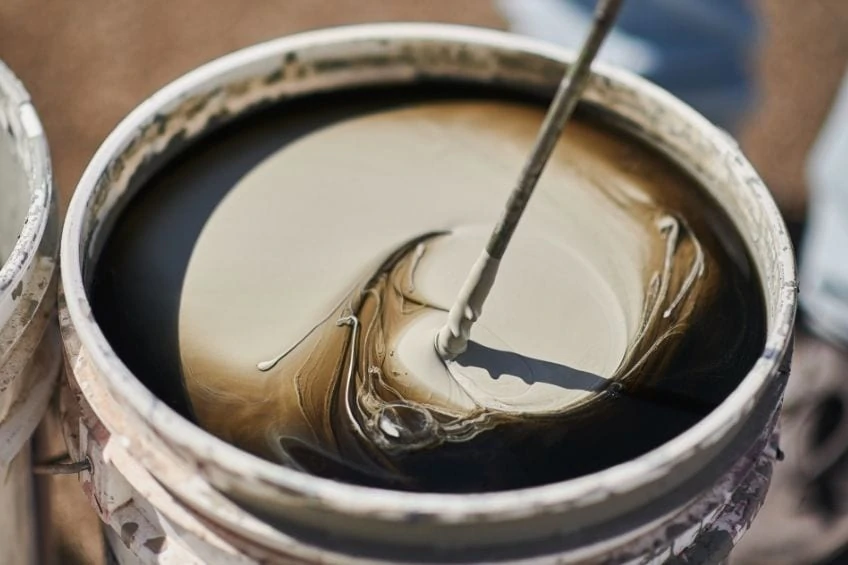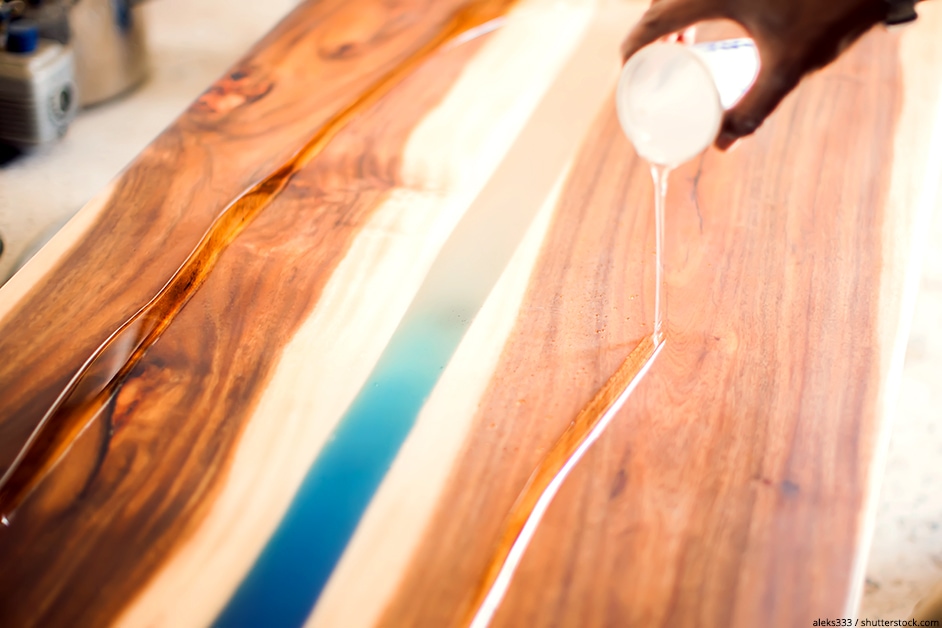How To Thin Epoxy – Your Complete Guide to Thinning Epoxy
This post may contain affiliate links. We may earn a small commission from purchases made through them, at no additional cost to you. You help to support resin-expert.com
When it comes to adhesive materials and sealants, epoxy resin is a great choice to consider. These mediums are known for their thickness and texture, which allows for a superior hold. Unfortunately, they are not compatible with every surface or project. Luckily, we have narrowed down some helpful tips on thinning epoxy so you can do more with this great product.
How To Thin Epoxy Resin
When trying to thin epoxy resin, some automatically go straight for the solvents. While these may add to the saturation and smooth area coverage with your resin, it could be a mistake. Before you decide to go ahead with thinning epoxy using a chemical or solvent, you should consider all the variables. Thinning your epoxy could result in altering its core characteristics along with its thickness. This means the moisture resistance and durability factors of this medium may be compromised. The drying time will also be impacted as they will take longer to cure.
Using a heat source as your epoxy thinner is another way to go. This would be accomplished by either heating your resin and hardener materials before mixing or by heating the surface material you are using and then applying the thin epoxy over that. While tinning epoxy may seem like a good idea at the time, it can lead to your surface becoming more porous and susceptible to long-term damage. For those who are keen to experiment, here are the techniques on how to thin epoxy resin.
How To Thin Epoxy Resin With a Solvent
Opting for a chemical or solvent when thinning epoxy does work, but it can change your substance. Using alcohol or acetone-based products will make the resin liquid but it will also change its natural benefits and longevity. Should you decide to try this method here are some disadvantage you may want to know beforehand:
- Thinning epoxy resin with chemicals will damage its durability
- It will eliminate the water-resistant qualities of your adhesive
- Solvents will also add to the cure and dry time of your resin
- Being so thin, the epoxy resin is more likely to crack over time
- Certain solvents and alcohols can change the cured color of your adhesive
- Chemicals increase the risk of flammability
Epoxy Thinners, Acetone
Acetone and thinners are the most widely used mediums for thinning paints and other mediums. This is because their formulas are designed to strip away at the chemicals found in paint and adhesives. This is also what makes them a popular choice for those looking at how to thin epoxy resin.
The downside to using these chemicals is their strength. These both contain very harsh chemicals that will affect the compounds in your resin. This makes them weaker and much less durable than simply applying your epoxy direct to the area. When using this method, we recommend mixing the solution at a thinning ratio of ten to one. So you would add one part of your chemical to around ten times your epoxy resin amount for the best results.
Methylated Spirits or Denatured Alcohol
These are another option of very strong solvents that can be used to thin epoxy. Although they may be a little safer than using thinners or pure acetone. These options work better on metal, plastic, and glass projects. The chemicals in denatured alcohol or methylated spirits are softer on your epoxy resins, allowing them to still break down but possibly without losing as many of their natural benefits. To use these options, you would use a higher mixing ratio of around 20 to one.
Using Heat as an Epoxy Thinner
As we discussed, there are techniques one can use for this method. One is to heat your materials and the other is to heat your surface. Below we will look at each.
Heating Epoxy Resin
Preheating your resin and hardener could be beneficial as your medium will still retain its original flexibility and durability factors. One way to do this is to add some hot water to your bathtub or basin and place the bottles in there to soften. You should leave them in there for up to 20 minutes, based on the temperature of the water. This will loosen and thin your epoxy resin and hardener allowing for a smoother application. The only downside to heating is that it can make your products dry quicker.
Heating Your Surface Material
If you are working with any type of wood or wooden surfaces, then heating this surface before applying the epoxy resin is the best way to go. Applying your resin to a heated surface will cause it to thin so you can spread it easier. This way, as the wood contracts and cools down, the epoxy can dry and be absorbed into the fibers of the wood. Always try to have everything set up and prepared before you add the epoxy, as once it touches the warm surface you will need to work quickly before it hardens. To heat your surface a hairdryer or heat gun are both great options.
The key to both of these methods on thinning epoxy is that your substance or materials should never exceed 35 ˚C. They should always be warm and not too hot to touch. If you go over this heating temperature, it can cause your resin to dry too quickly. This is easily noticeable by any smoke you may see coming off your cured items. These would need to be scrapped and redone.
Conclusion
Will you need to thin your epoxy resin? Based on your surfaces, project requirements, and other factors, sometimes an epoxy thinner is needed. However, for most projects, it is not viable as a long-term solution.
We can see that the heat methods are more beneficial when one is looking for added durability and not compromising the qualities of your epoxy. Although you will need to monitor your temperature settings and make sure to not overheat your products. While using chemicals or alcohols may be easier, they will strip away other qualities of your epoxy and will not produce professional results.






